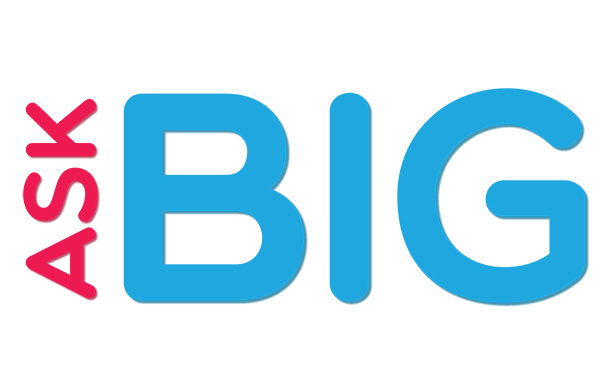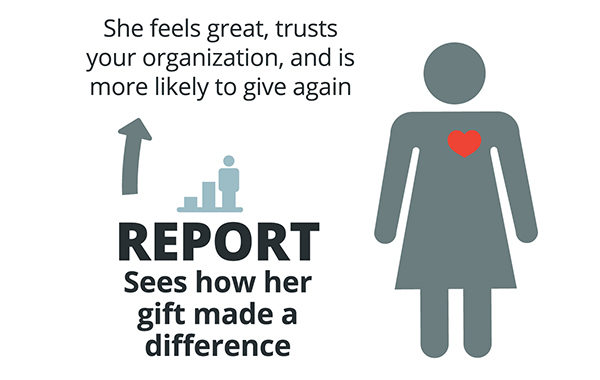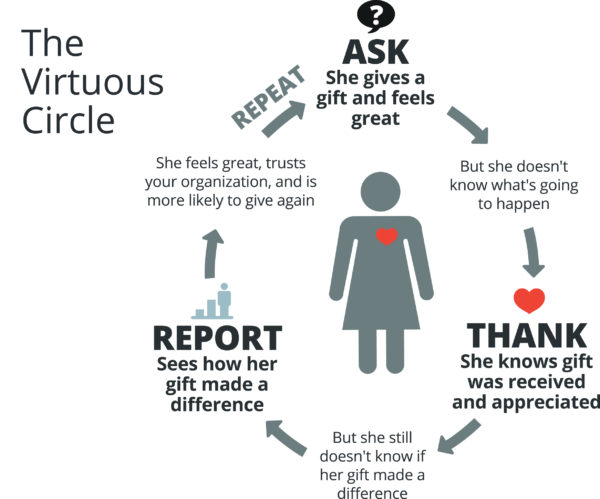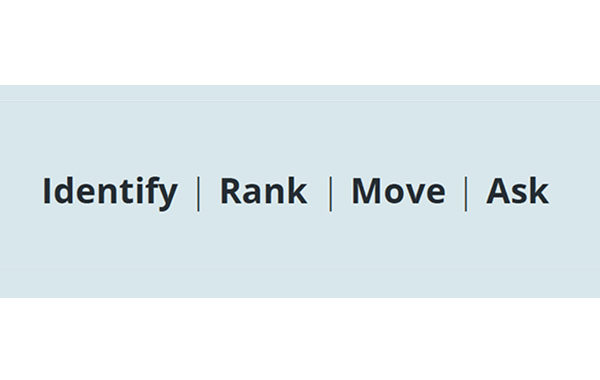What if I told you it could be just as easy to ask a donor for $10,000 as it is to ask her for $1,000? Would you believe me?
Well, I’m here to tell you that it can be just as easy – BUT only if you are willing to keep things simple, follow the ‘success ingredients’ I’ve outlined below, and then ask with confidence.
Here are the ‘success ingredients’ that need to be in place in order for you to have confidence when asking major donors for a sizable gift.
- Know your donor. What does she like about your organization, or about the outcomes your organization creates? What has she funded in the past? What are her personal interests or hobbies? The more you know about your donor, the more likely it is you can create an Ask that appeals to her.
- Before you ask your donor for a sizeable gift, tell your donor that you plan to ask them for a sizeable gift. Don’t surprise your donor! Tell her your intentions. If you prepare her to be Asked, she’ll respond better when you ask.
- Develop a great fundraising offer that you know she will love. Ask her to fund projects, programs and outcomes she already likes! If you know your donor likes directly funding meals for homeless moms and kids, then don’t ask her to fund the new job-training program for men. Stay on target.
- Make your ‘Ask’ part of a larger vision or campaign goal. Most donors don’t want to feel like the only donor giving a sizeable gift. They want to know that other donors are giving or being asked to give at sizeable levels.
- Ask for more than you think your donor can give. I can tell you story after story of Major Gift Officers that have applied this thinking and come away with $100,000 gifts when they were first thinking of asking for $10,000. The big idea here: don’t accidently downgrade donor giving amounts by always asking for what you think donors can/will give. Sometimes you need to ask for what is needed, because oftentimes donors will surprise you!
- Ask with confidence, and then give your donor time to mentally process your request and respond. It is all too common for Major Gift Officers to do most of the talking. It is critical that after you have delivered your appeal for support, that you stop talking and listen. Remember, this is a two-way conversation, and the donor deserves time to ask questions or respond with a financial commitment.
Try it!
The best way to improve your confidence and ability to ask donors for sizeable gifts is to go out and try it. I challenge you right now to identify 2-3 major donors (or potential major donors) and ‘cook up’ an Ask with each ingredient.
It might feel awkward at first. But it’s what I see successful major gift fundraisers do again and again and again. For you, this process will become easier and easier to do as you practice the steps above. And pretty soon, you won’t believe you used to do major donor fundraising ‘the old way’!
If you don’t have any major donors to try this out on, or you don’t feel as confident as you’d like, then practice by role-playing. Do it with a co-worker, a board member, or even a friend.
Whatever you do, it is time for you to get out there and put this thinking to work. You’ll be amazed at how much easier major donor fundraising can be – and how much more money you can raise for your cause.










